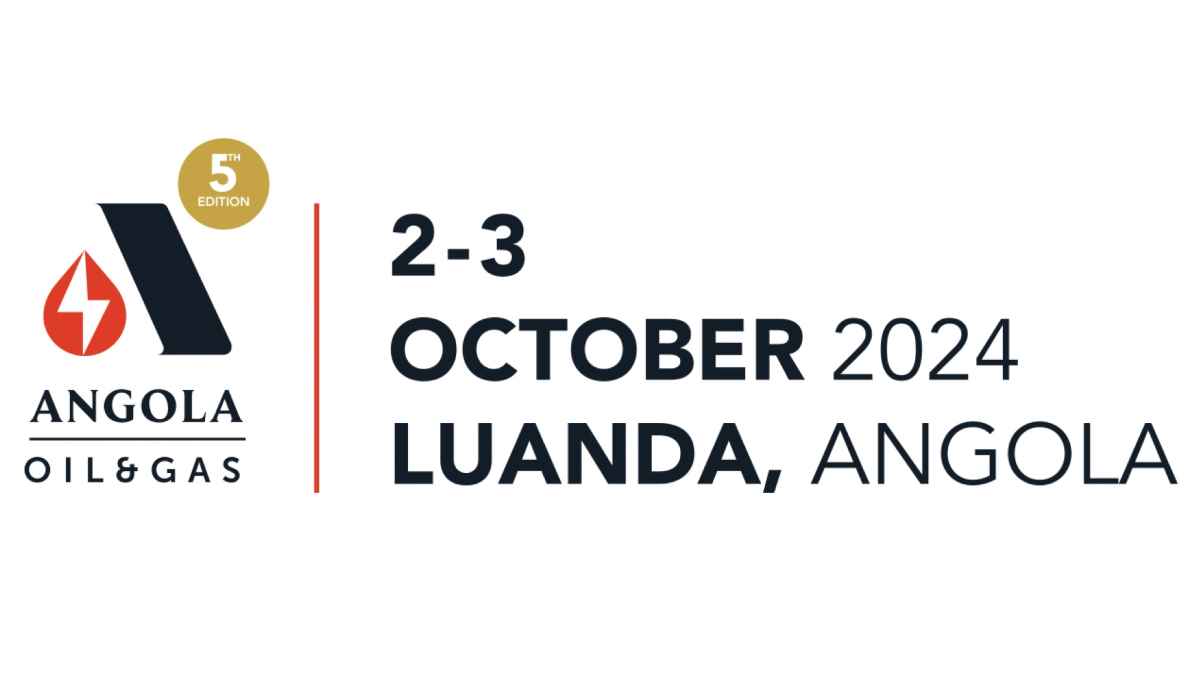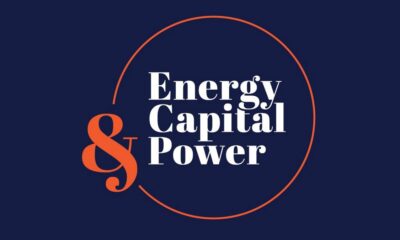The Angola Oil & Gas 2024 conference – taking place on October 2-3 in Luanda – will connect investors with the country’s latest oil and gas projects seeking private capital and participation
LUANDA, Angola, May 28, 2024/APO Group/ —
Angola plans to maintain oil production at 1.1 million barrels per day (bpd) until 2027, thereafter increasing output to over 2 million bpd to stimulate economic growth. As the linchpin of the economy, Angola’s oil and gas industry has seen aggressive reform since 2017, with the government’s continuous competitive focus guaranteeing attractive fiscal and contractual terms for investors. As such, the African Energy Chamber (AEC) (www.EnergyChamber.org) is calling on global E&P companies and technology providers to invest in Angola, as one of Africa’s largest producers and a growing regional production hub.
For decades, Angola’s oil and gas industry has delivered high returns for investors, with economic stability, proven petroleum plays and strong local partners underpinning the success of multi-million-dollar investments. The introduction of a six-year licensing round in 2019, in tandem with proven and frontier exploration opportunities, has only enhanced the sector’s attractiveness. Amid growing international interest, the country’s premier industry event – Angola Oil & Gas (AOG) – returns for its fifth edition on October 2-3, 2024. The event is proudly endorsed by the AEC and is set to connect international players with partnership and investment opportunities across Angola’s oil and gas market.
AOG is the largest oil and gas event in Angola. Taking place with the full support of the Ministry of Mineral Resources, Oil and Gas; national oil company Sonangol; the National Oil, Gas and Biofuels Agency; the African Energy Chamber; and the Petroleum Derivatives Regulatory Institute, the event is a platform to sign deals and advance Angola’s oil and gas industry. To sponsor or participate as a delegate, please contact sales@energycapitalpower.com.
A Strategic Opportunity for Upstream Players
While recognized as a mature oil market, Angola continues to offer frontier opportunities for explorers. Earlier this month, energy major TotalEnergies reached FID on the Cameia and Golfinho fields in Angola’s Block 20/11. Part of the $6-billion Kaminho deepwater project – the first large-scale deepwater development in Kwanza Basin – the fields are on track for first production by 2028.
Angola’s producing blocks also offer opportunities for enhanced output, with expanded drilling programs revealing extended deposits. Earlier this month, energy major ExxonMobil announced an oil discovery at the Likember-01 research well in Block 15 offshore Angola. The well revealed the existence of high-quality, hydrocarbon-bearing sand packages and is the first well to be drilled as part of a large incremental production initiative.
Other projects are also advancing: the construction of the Soyo II Combined Cycle Power Plant is expected to start this year; the Quiluma and Maboqueiro gas project is on track for first production in 2026; the Agogo Integrated West Hub development project targets first production in mid-2026; and FID for the Ndungu oil field is expected later this year. Multinational oilfield services company Saipem has been awarded an $850-million contract by international energy company Azule Energy for the development of the field.
Going forward, Angola’s multi-year licensing round ensures yearly access to new block opportunities for foreign players. Since its launch in 2019, over 27 blocks have been awarded, with the most recent tender attracting 53 bids for 12 blocks in the Lower Congo and Kwanza Basins. Angola will launch a 2025 Limited Public Tender in 2025, offering up to 10 offshore blocks in the Kwanza and Benguela basins. The AEC urges investors to seize this opportunity to join one of Africa’s most exciting oil and gas plays.
Infrastructure Investments to Yield High Returns
Angola’s oil and gas investment opportunities transcend upstream projects, with a national commitment to expanding downstream infrastructure, reflecting new prospects for capital, technology and service providers. As an established producer since the 1950s, Angola already offers a strong infrastructure base for oil and gas operations, yet new investment in refining, distribution and processing promises to yield even greater returns for both upstream operators and downstream service providers.
To expand refining capacity, Angola has three new refineries in development – in Soyo, Cabinda and Lobito – and is upgrading its existing Luanda refining facility. In total, these developments will increase Angola’s refining capacity to over 400,000 bpd. Last March, engineering company KBR won a contract to provide management services for the 200,000-bpd Lobito refinery. The first phase of the 60,000-bpd Cabinda refinery is also on track for production in 2024.
Meanwhile, a $5-billion pipeline deal was sealed with Zambia to enable regional exports. The two countries agreed to fast-track development of the pipeline in 2023. Other key infrastructure developments include the Petromar Fabrication Yard in Soyo; the Paenal Fabrication Yard in Kwanza Sul; and the Barra do Dande Ocean Terminal. Investing in Angola’s infrastructure will not only enable access to regional markets, but also drive further growth of the country’s burgeoning oil and gas sector.
Distributed by APO Group on behalf of African Energy Chamber.


 Business5 days ago
Business5 days ago
 Business5 days ago
Business5 days ago
 Business4 days ago
Business4 days ago
 Business3 days ago
Business3 days ago
 Business3 days ago
Business3 days ago
 Business3 days ago
Business3 days ago
 Business4 days ago
Business4 days ago
 Business3 days ago
Business3 days ago














